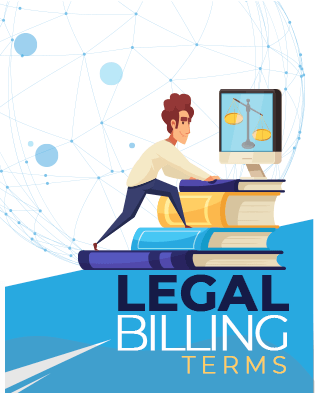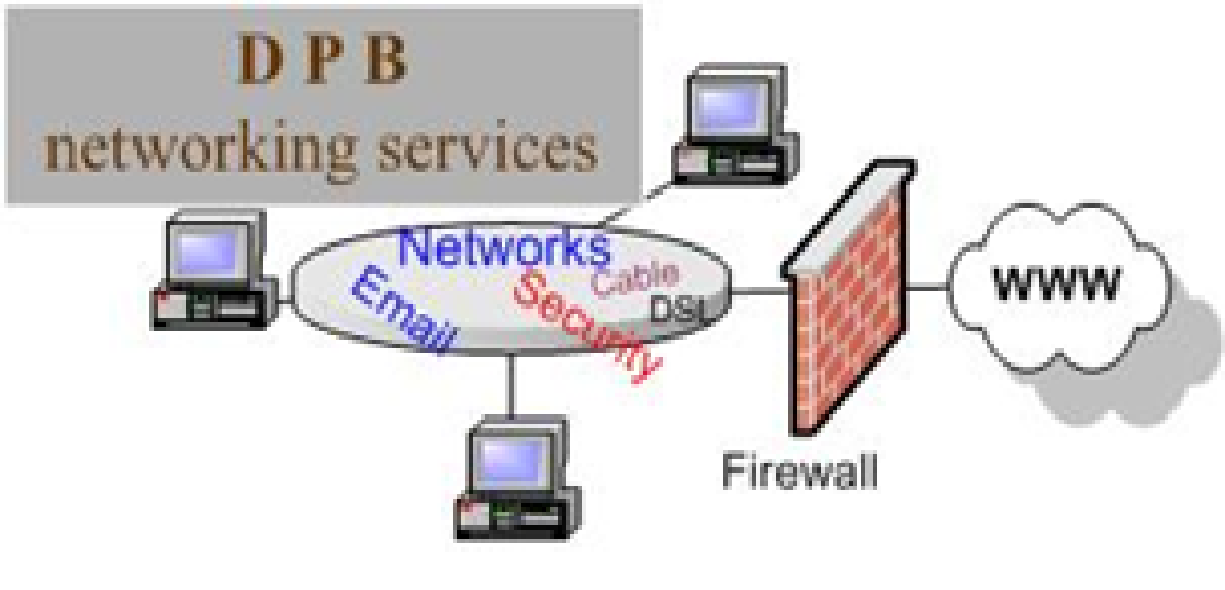Effective invoicing is critical to the success of any law firm, and while you can simply charge hourly fees, there are plenty of other options out there you can use to improve your billing and invoicing process for your firm and your clients.
With that in mind, we’re providing busy legal professionals with an overview of fee structures for different clients and matters, so they can choose the option that works best instead of applying a “one size fits all” approach to legal billing.
Hourly fees
Hourly fees are easily the most traditional billing method in the legal industry. Using hourly fees, attorneys charge clients based on the time they spend on their cases. Hourly fees provide a transparent breakdown of costs and are usually used for complex legal matters requiring substantial attorney involvement.
What to consider when using hourly fees
The advantage of hourly fees is that they accurately reflect the amount of work that goes into a case (as long as you’re diligent about time tracking).
With that said, there may be some issues with hourly fees if a client is worried about unpredictable costs, so it’s essential that you establish clear communication and provide regular updates to maintain transparency and manage expectations.
Flat fees
Flat fee billing is a straightforward fee structure in which your firm offers clients a predetermined, fixed rate for legal services. Flat fees are best used for routine tasks with well-defined scopes, like drafting contracts or handling simple real estate transactions.
What to consider when using flat fees
Flat fees provide clarity and predictability, allowing clients to budget for your services accordingly. When you use flat fees, your firm can benefit from increased efficiency and streamlined processes because you can create standardized invoicing procedures for these types of cases.
Note that if you’re using a flat fee structure, you’ll need to carefully assess the scope of your work to avoid undercharging or overcharging your clients, so it’s essential to consistently review your processes to forecast how much work a project will require accurately.
Retainers
Retainer fees allow clients to pay an upfront fee to secure ongoing legal services. When you use a retainer, your firm bills against the retainer amount as work is performed, and your client is responsible for replenishing the retainer as needed.
What to consider when using retainers
Retainers are an excellent choice for businesses or individuals with recurring legal needs and can be a great way to foster long-term client relationships and guarantee a steady cash flow for your firm.
Having retainer agreements can allow your firm to allocate resources and provide timely assistance to clients. Still, you’ll need to handle your retainers carefully to avoid disputes with clients or miscommunication regarding billing and utilization.
Contingency fees
Contingency fees are often used for personal injury or civil litigation cases. With this fee structure, your firm receives a percentage of the client’s settlement or judgment as remuneration.
What to consider when using contingency fees
Contingency fees can make legal representation accessible for clients who would otherwise be unable to afford your services. While you do assume some risk by investing time and resources without guaranteed payment, the potential reward of a bigger payday can make this an excellent choice for your firm.
FREE Legal Billing Terms Cheat Sheet
Legal billing terms can be confusing.
TimeSolv has prepared a list of the most commonly used legal billing terms that lawyers use in routine. It's a must to have it in your pinned files, sticky notes, or however you carry your essentials while practicing.
Download our cheat sheet and get all the information you need!
Capped fees
Capped fees are a hybrid structure combining hourly and flat fees. When using a capped fee structure, you and your client will agree on a predetermined maximum fee, providing transparency and cost control for clients on a budget.
What to consider when using capped fees
Using capped fee agreements can be great for clients with concerns about cost. However, you’ll need to assess all the potential risks, uncertainties, and added work that may come with a case so you don’t lose money on your work.
Sliding scale fees
Sliding scale fees are commonly used for clients with difficulty securing legal representation. This fee structure allows for flexibility in pricing by adjusting rates based on factors like income, assets, and family size and will enable clients to pay lower fees based on these factors.
What to consider when using sliding scale fees
Sliding scale fees may help you secure more clients and improve your cash flow if you work in practice areas with a lower-income client base.
However, law firms that choose sliding scale fees should implement clear internal processes for determining the scale and assessing clients’ ability to pay. You’ll also want to establish appropriate matter budgets that allow for a potential increase in non-billable work, as sliding scales can result in a higher administrative workload.
Use tools that make billing and invoicing easier
No matter what fee structures you decide to implement at your firm, you will need robust invoicing tools to create and send invoices without eating into valuable time that you could spend helping your clients and growing your practice.
The best invoicing software will provide you with a range of solutions that can help you streamline your processes, increase your efficiency, and help your bottom line.
Here are some of the features you should look for in a software solution:
- Cloud-based time tracking tools to track your billable hours anytime, anywhere, from any device with an internet connection
- Flexible billing templates to quickly create and send invoices, individualized bills, and estimates to every client, saving you time and money
- Batch invoices to create and send multiple invoices to clients with the same line items with the click of a button, taking the hassle out of invoicing
- Scheduling tools to remind you of when your invoices need to be delivered so that you can stay on schedule and get paid on time
- Electronic billing to avoid overhead fees and wasted time by billing automatically
- Split billing to customize and divide an invoice, which makes it easier for multiple parties to pay the bill
- Storage solutions to keep all relevant client data in a secure location so you don’t have to waste time looking for it or reentering it into the system
- Online payments so clients can pay automatically, and you can get paid faster
- Built-in compliance safeguards to mitigate your risk when processing online payments for clients
Get paid the right way
Whether you decide on hourly billing or an alternative fee structure like the ones mentioned above, your firm must have the right solution to bill your clients effectively and get you paid faster.
From flexible billing templates and batch invoicing to accepting online payments and protecting your firm with compliance safeguards, TimeSolv has the tools you need to take your billing and invoicing processes to the next level.
Ready to get started? Start your free trial of TimeSolv today.
FREE Legal Billing Terms Cheat Sheet
Legal billing terms can be confusing.
TimeSolv has prepared a list of the most commonly used legal billing terms that lawyers use in routine. It's a must to have it in your pinned files, sticky notes, or however you carry your essentials while practicing.
Download our cheat sheet and get all the information you need!



















